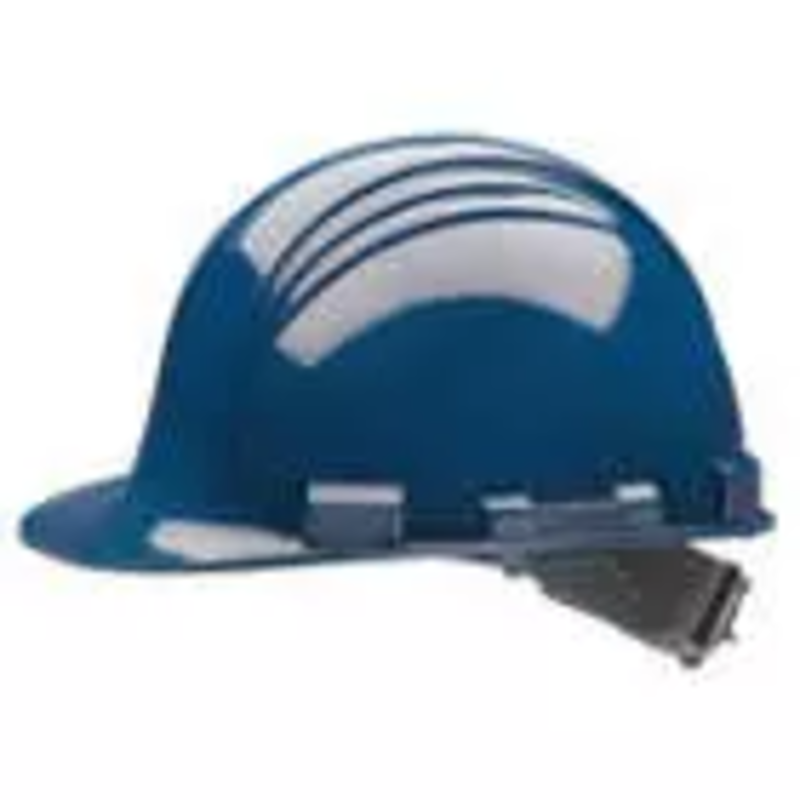Hard Hat Protection

Employer Safety is the most important concern on the job. And Hard hats play an important role in worker protection. They are a relatively inexpensive way to protect against serious injury. The Occupational Safety and Health Administration, OSHA has very strict regulations regarding the use of Hard Hats for employees. Typical employees who must wear hart hats include but are not limited to: carpenters, electricians, lineman, mechanic, plumbers, assembler’s sawyers, welders, laborers, freight handlers, timber cutters and loggers and warehouse personnel. CFR 1910 135 (a) (1) states that each affected employee shall wear protective helmets when working in areas where there is a potential for injury to the head from falling objects. Furthermore, 135 (a) (2) states that Protective helmets designed to reduce electrical shock hazard shall be worn by each such affected employee when near exposed electrical conductors which could contact the head.
The American National Standards Institute (ANSI) also has instituted a number of requirements. ANSI has divided protective helmets into 2 distinct classes: Type 1 helmets have a full brim around the entire helmet. Type 2 helmets have a short front brim. For personnel who will be working with electrical equipment, the ANSI regulation Z89.1-1986 provides 3 classes: Class A hard hats are designed to protect against impact penetration and low-voltage situations. Class B hard hats protect against impact penetration and high-voltage conductors and Class C hard hats are for impact penetration only.
ANSI has NOT approved a type of helmet commonly used in areas of low head clearance. They are used to protect against minor head bumps and cuts. However they are not designed to protect against falling or flying objects. It is very important for the hard had to be used to fit properly. If they are either too large or too small they will not provide the proper distribution of impact.
Hard hats must be taken care of properly, they must be kept away from heat and sunlight. Paint or paint thinners that may accumulate over time on them can weaken them. Every day bumps can cause cracks or holes. If a hard had should develop a crack or hole, they must be replaced immediately. In fact even if a crack or hole is not visible after an impact has taken place. They may no longer be able to provide the protection they were designed for.